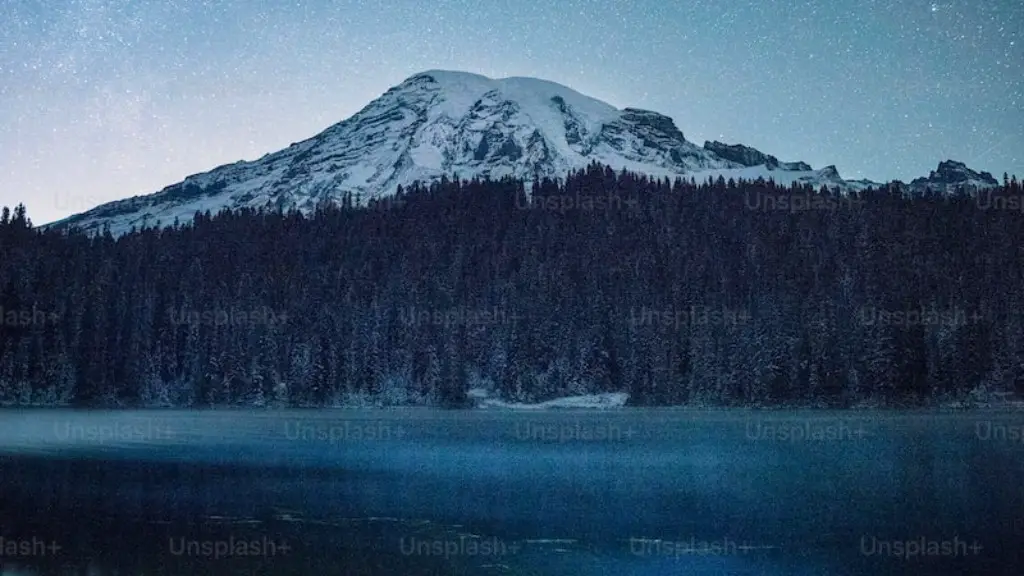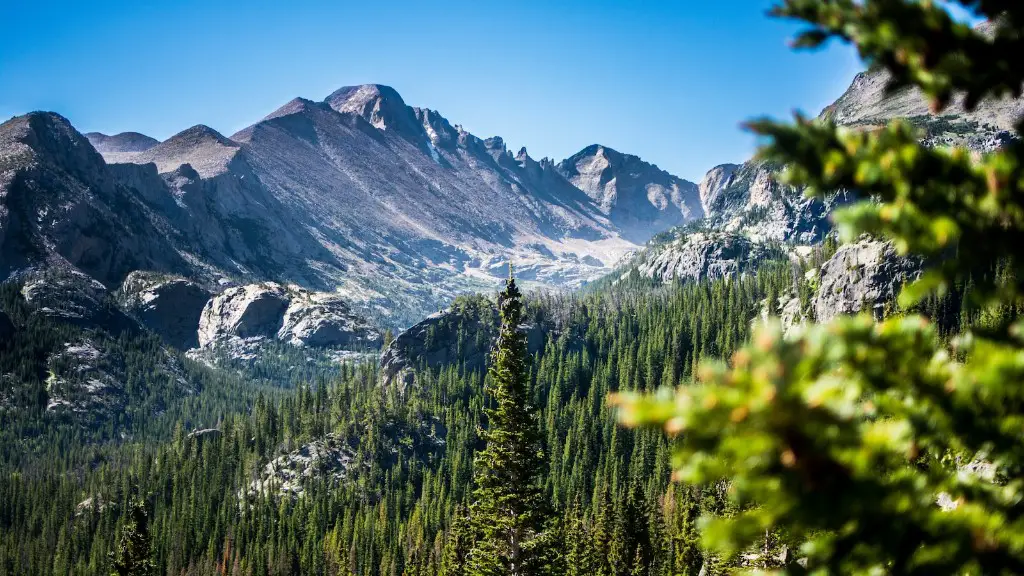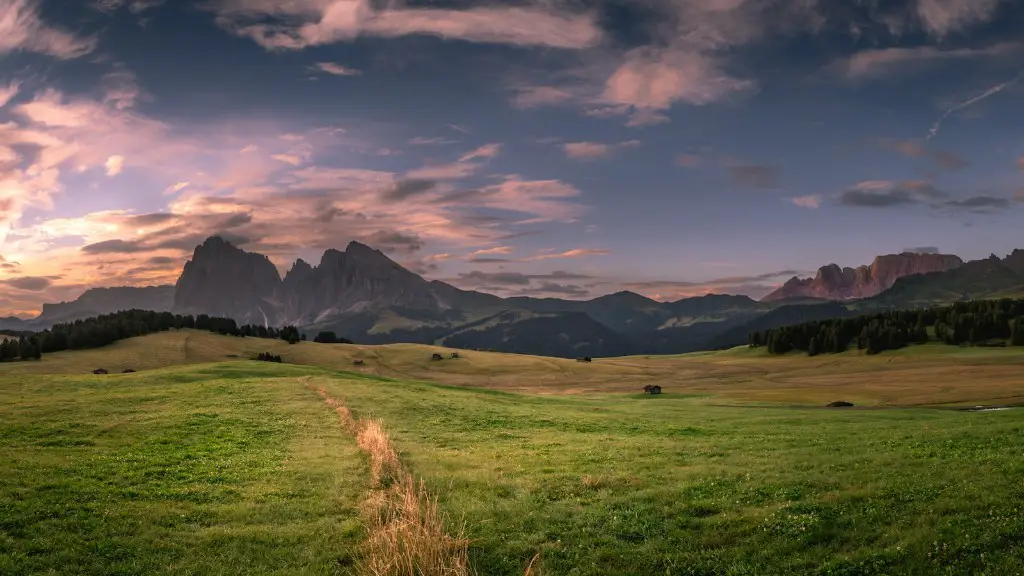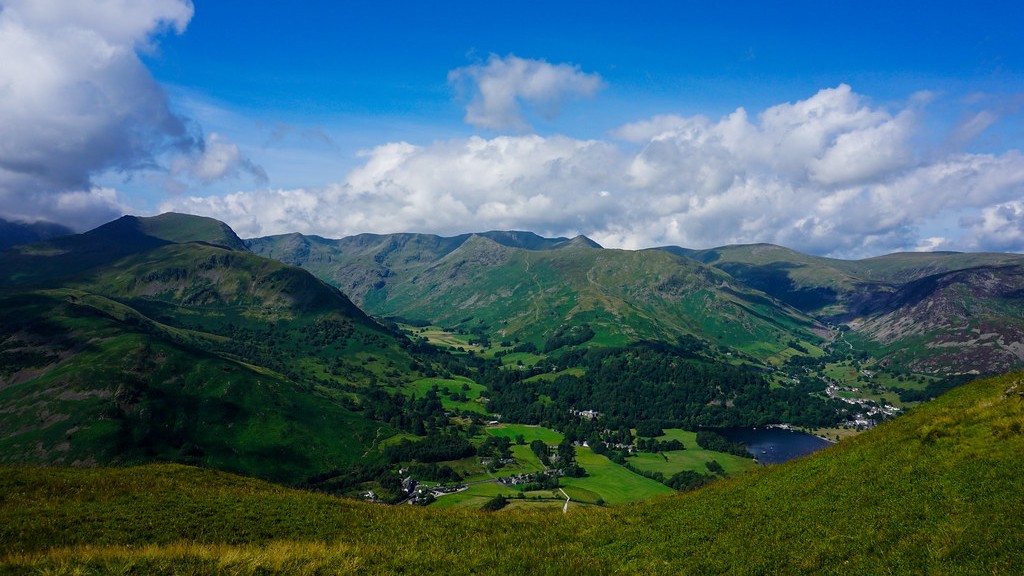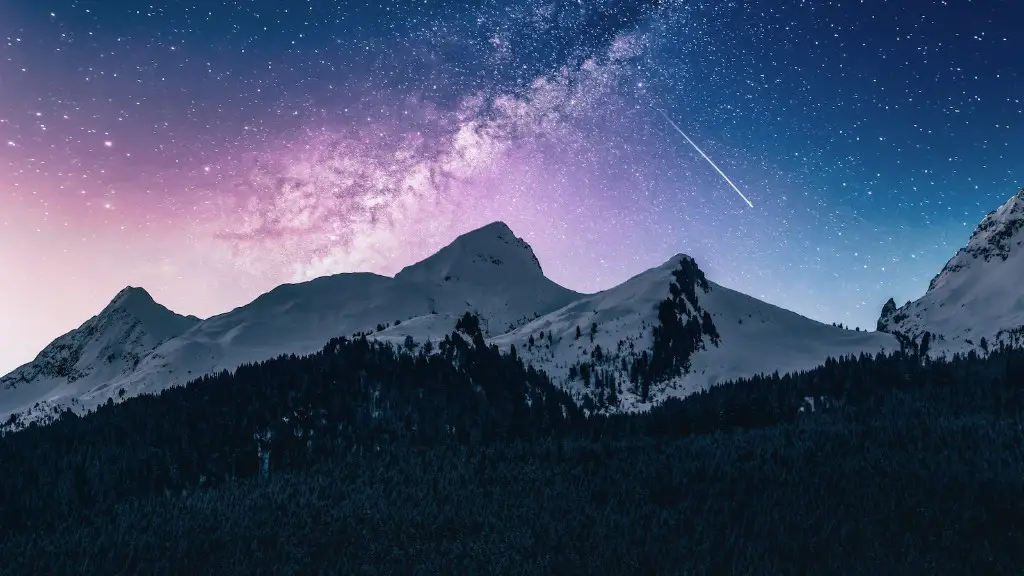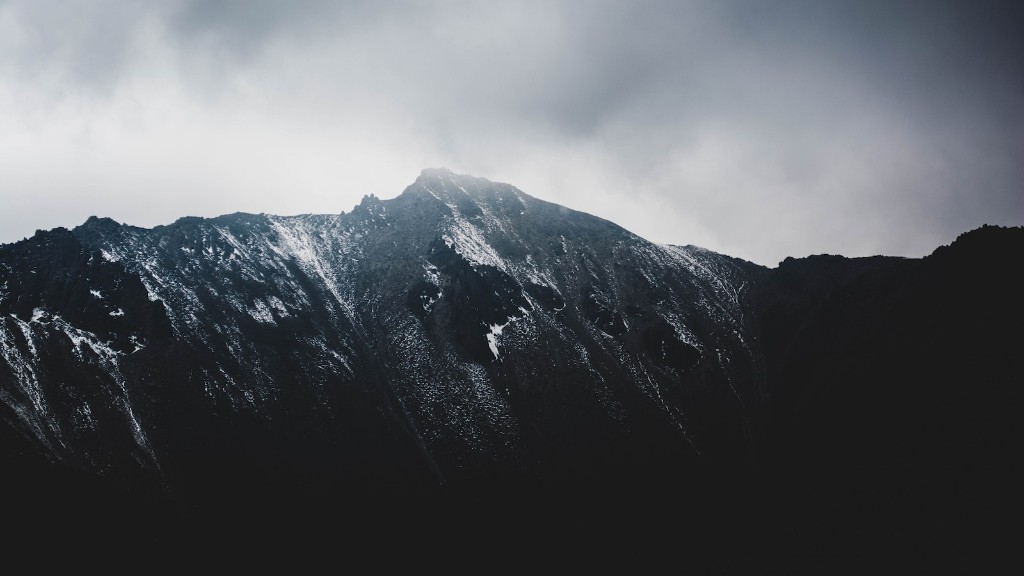Mount Everest is the tallest mountain in the world, reaching a height of 29,029 feet. Located in the Mahalangur Himalayas, Everest straddles the border between Nepal and Tibet. For many mountaineers, climbing Everest is the ultimate goal. But when is the best time to attempt the summit?
April and May are considered the best months for climbing Everest. The weather is typically stable during this time, with low winds and clear skies. This window of good weather is relatively short, so climbers must be prepared to take advantage of it when it arrives.
Climbing Everest is a dangerous undertaking, and the death rate is relatively high. In 2019, 11 people died while attempting to reach the summit. So, while April and May may offer the best conditions for climbing, success is never guaranteed.
The best time to climb Mount Everest is in the spring, when the weather is more stable.
How long does it take to climb Mount Everest?
If you’re interested in climbing Mount Everest, you’ll need up to three months to make the journey. It takes 19 days round trip to trek to and from Everest Base Camp. Once at Everest Base Camp, it then takes an average of 40 days to climb to the peak of Mt Everest.
The main reasons it takes so long to climb Everest are the trek in, the acclimatization, and the weather. The trek can be skipped by taking an expensive helicopter ride from Lukla to Base Camp if the weather allows. If not it’s a 8-14 days trek depending on resting and acclimatization.
What is the safest time of year to climb Mount Everest
The best time to visit Everest Base Camp is either side of the late-May to mid-Sep monsoon season. Late Sep-Nov and Feb-May are the main trekking months with fairly stable conditions, good visibility and temps at Base Camp getting up to about -6°C.
It takes about seven hours to climb from Camp Four to the summit of Mount Everest, Lhakpa Sherpa said. This is by far the most difficult day of the journey. Typically, climbers attempt to make it to the summit and back to Camp Four in a single day, spending as little time as possible in the death zone.
How cold is it at the top of Everest?
The weather and climate of Mount Everest is one of extremes. Temperatures at the summit are never above freezing and during January temperatures can drop as low as -60° C (-76° F). Despite the low temperatures, the biggest issue faced by climbers are hurricane force winds and wind chill.
While reaching the summit of Mount Everest is certainly a serious accomplishment, beginners can relatively easily trek to Everest Base Camp. Of course, that doesn’t mean that the trek is easy – it’s still a significant physical undertaking. If you’re considering undertaking this expedition, make sure you’re prepared for the challenge.
Can you climb Everest for free?
Hey there!
If you’re looking for a great opportunity to go on an amazing trekking trip, then I have just the thing for you. Here’s the deal: if you can find ten other people to join you on the trip, then your own spot is FREE! And since everyone else is paying for their own trek, it’s a great deal all around.
So what are you waiting for? Get out there and start finding some people to join you on this once-in-a-lifetime trip!
Pemba Dorje Sherpa (Nepal) climbed from Base Camp to the summit of Mt Everest in a time of 8 hr 10 min, the fastest ever ascent of the world’s highest mountain.
What is death zone in Mount Everest
The summits of the world’s 14 tallest mountains are found in what is known as the “death zone.” The death zone is typically identified as 8,000 metres (26,000 feet) above sea level. At these altitudes, the oxygen levels are insufficient to sustain human life for an extended period.
More than 300 climbers have died on their way to the summit of Mount Everest since 1953, when the first men reached the top. A third of these climbers succumbed to the deadly lack of oxygen at high altitudes. Despite the dangers, climbers continue to be drawn to the challenge of summit Mount Everest.
How much does it cost to climb Mt. Everest?
The average price to climb Mount Everest has increased over the past few years. In 2021, the average price was $54,044, with a median price of $46,498. In 2022, the average price was $54,972, with a median price of $46,995. This is likely due to the increase in popularity of mountaineering, as well as the increasing costs of permits and guide services. Despite the increase in cost, however, Mount Everest remains one of the most popular mountains to climb, due in part to its iconic status.
Mountain sickness, exhaustion, frostbite, falls, avalanches, rockfalls, and cracks are the primary causes of death on Everest. Most of these deaths are preventable with proper training and gear, but some are unavoidable. Mountain sickness, for example, can only be avoided by acclimatizing properly to the altitude. Exhaustion and frostbite are often caused by climbers pushing themselves too hard, and can be avoided by taking breaks and dressing properly. Falls, avalanches, and rockfalls are usually caused by weather conditions or loose rocks, and are mostly out of the climbers’ control. However, cracks can be avoided by pay attention to the route and not wandering off the trail.
Do you shower when climbing Everest
There are plenty of places where you can shower on the Everest Base Camp trek. The only issue with this is that sometimes the water isn’t hot. All of the showers available on the Everest Base Camp trek are heated by solar power so if it’s been a cloudy day or for a couple of days you’re not going to get any hot water.
Our award-winning team has been granted permits to sleep in Everest Base Camp, even though traditionally only teams with expedition permits have been allowed to sleep there. Sleeping at Everest Base Camp is one of the more unique adventure treks out there.
Is climbing Everest actually hard?
It is definitely extremely difficult to climb Mount Everest. There are other mountains less high than the Everest and harder than Everest to climb. The only professional climber can plan to climb Everest once they are fit in the altitude, success to climb other mountains, and built their body in less oxygen.
The warmest months on the summit of Mt. Everest are July and August. The average temperature during these months is -2°F to 0°F (-16°C to -18°C) during the night and a few degrees above this during the day. The warmest temperature to ever be recorded on the summit is 10-15°F (-10°C to -12°C). This temperature is only reached on still and sunny days.
Is K2 colder than Everest
Everest’s Temp of −36 ± 2 °C and WCT −66 ± 3 °C were found to be less extreme than K2’s Temp of −45 ± 1 °C and WCT −76 ± 2 °C.
Everest is more extreme in terms of temperatures and wind chill temperatures than K2. K2’s higher latitude means that its midwinter temperatures are similar to Everest’s, but its overall temperature is lower.
Everest is the highest mountain in the world, and it’s summit is located at 8,848 meters (29,029 feet) above sea level. Because of the altitude, the air is much thinner at the top of Everest and contains only one-third of the oxygen found at sea level. This can make it very difficult to catch your breath, and it’s not uncommon for people to spend minutes just trying to get a lungful of air. If you’re not used to the altitude, it can be a very daunting and exhausting experience.
Conclusion
The best time to climb Mount Everest is during the spring months of April and May. These months offer the best weather conditions for a successful summit attempt.
The best time to climb Mount Everest is in the spring, when the weather is more stable.
